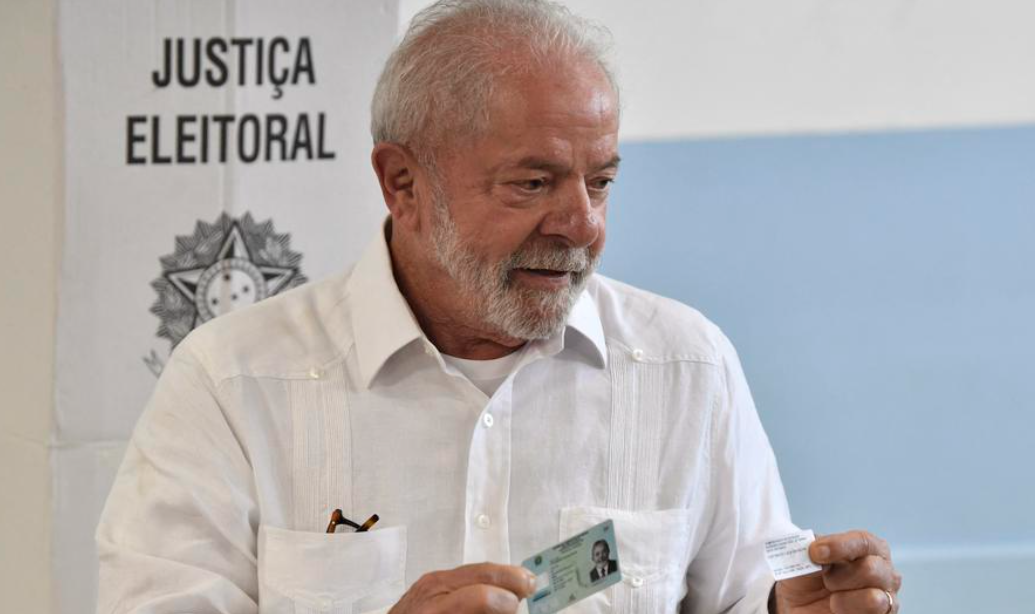The image projected by a leader, including his or her clothing, is an essential asset for politicians. Whether it is the formal (Western) male suit, the Maoist tunic, the Arab thobe, or the Indian kurta, throughout history political leaders have worn certain garments with the implicit or explicit purpose of building and transmitting a transcendent image. The same happens with guayaberas, as it is known to be a very popular type of shirt used in the greater Caribbean basin and proximity, from Florida in the United States to the north of Bolivia, and from the Mexican and Ecuadorian Pacific to the Canary Islands (Spain).
The guayabera is used in high-level political and social gatherings, mainly in tropical regions. It has become part of the aesthetics of many Latin American and Caribbean leaders of the most diverse political and ideological orientations, including liberals, progressives, or conservatives. Likewise, by using it in high-level international events, leaders and diplomats try to transmit a particular identity. In academic terms, the aforementioned content is linked to the concept of soft power.
Although the guayabera is not a commonly used garment in Brazil, there is no doubt that it is part of President-elect Luiz Inácio Lula da Silva’s wardrobe. It so happens that, at least since the 1990s until the recent electoral campaign, the veteran Brazilian politician has notoriously used his extensive collection of guayaberas, including in the voting moment in the run-off.
In retrospect, Lula’s guayaberas project an image of consistent, credible, cordial, and differentiated leadership. In addition, the use of a clear Latin American garment conveys the personal, political-partisan, and civilizational commitment of Lula’s future government to the countries of the continent as a whole.
Unlike what was observed during the outgoing government of Jair Bolsonaro, it is quite likely that the future Brazilian president will move toward a complete revision of the Latin American policy of the government in Brasília. This seems more than necessary, given the clear depreciation of the South American giant’s relations with most of its neighbors, whether in bilateral and multilateral terms or in sectoral topics of the regional agenda (especially in matters such as democracy, human rights, economic integration, environment, international cooperation for development, international security and contemporary strategic issues).
Brazil’s abrupt withdrawal from the Community of Latin American and Caribbean States (CELAC), in 2019, is one of the most obvious examples of the policy pursued by Bolsonaro. The participation of the Brasília government was also scarce in other political-diplomatic, economic, environmental, or cultural forums, such as the Union of South American Nations, the Community of Portuguese Language Countries, the Southern Common Market, the Amazon Cooperation Treaty Organization or the Ibero-American Community.
Therefore, the main prospective scenarios available suggest that, as of January 2023, Lula and his government will work in favor of a renewed reinsertion of Brazil in Latin America’s international relations. There is no doubt that such a recomposition of Brazil’s bilateral, multilateral or sectoral relations with its neighbors will be positive, constructive, and proactive.
Although very efficient in the defense of his national interests, for more than four decades, the Workers’ Party leader has demonstrated a deep appreciation, knowledge, and dialogue with political, social, economic, and cultural leaders from almost all neighboring countries. This is the parable of “putting on the guayabera”, in the sense of formulating and implementing a much more pragmatic, republican, and consistent foreign policy for the Latin American and Caribbean region, without forgetting that this is a constitutional mandate for the Brazilian authorities.
Judging the political leaders of neighboring countries’ first reactions to Lula’s victory, the dialogue with most governments (including the United States and Canada) will be fluid and coherent. This is even more opportune considering that the current hemispheric and global agenda presents many issues that could benefit from a political-diplomatic repositioning of Brazil. These range from climate and food security issues, to the difficult political-social situation in Haiti, Venezuela, Cuba, and Nicaragua, to the regional developments due to the war between Russia and Ukraine.
Other subjects in which Brazil’s role would be fundamental are those related to international security issues, economic integration (including the association agreement between Mercosur and the European Union), relations with extra-regional actors (China, India, Turkey, South Africa), migratory flows and refugees, as well as sociocultural and consular aspects.
In sum, beyond the merely aesthetic, the political identity, or the image that the future Brazilian president intends to continue transmitting through his collection of guayaberas, it seems unquestionable that Lula and his government will seek to move toward a reunion with their Latin American neighbors. In this sense, “wearing a guayabera” implies a renewed commitment to building a common future and an international order of free peoples.
*Translated from Spanish by Janaína Ruviaro da Silva













